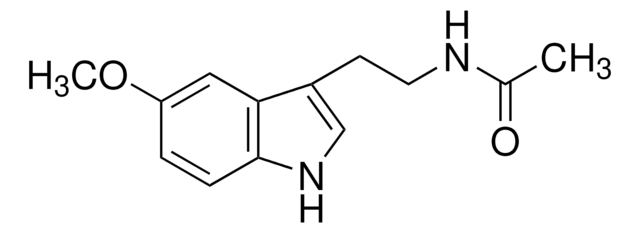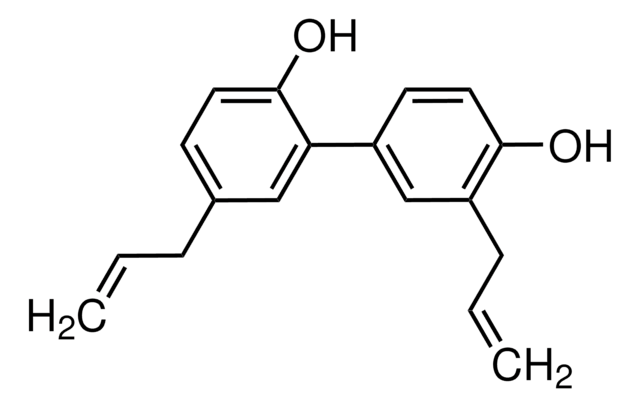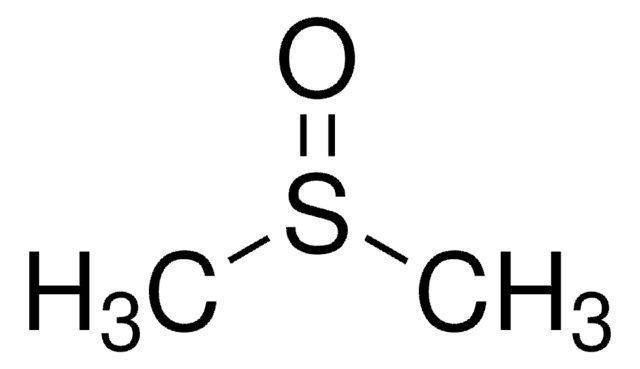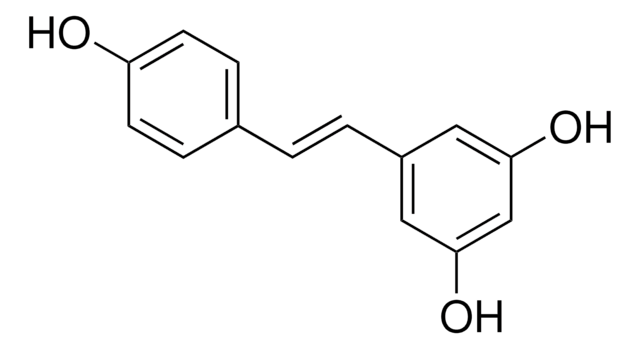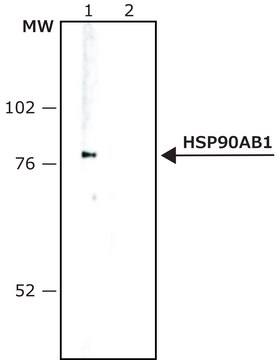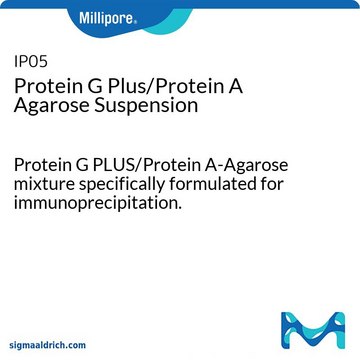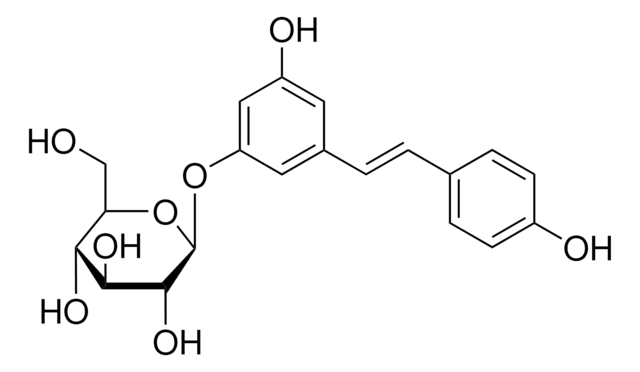Z242721
Aldrich® cuvette washer
Synonym(s):
cuvette cleaning
Select a Size
Select a Size
About This Item
Recommended Products
technique(s)
UV/Vis spectroscopy: suitable
1 of 4
This Item | IP05 | IP04 | IP02 |
|---|---|---|---|
| technique(s) protein purification: suitable | technique(s) protein purification: suitable | technique(s) immunoprecipitation (IP): suitable | technique(s) - |
| suitability suitable for microbiology | suitability suitable for microbiology | suitability suitable for immunoprecipitation | suitability - |
| form slurry (Liquid) | form slurry (Liquid) | form slurry (Liquid) | form slurry (Liquid) |
| storage temp. 2-8°C | storage temp. 2-8°C | storage temp. 2-8°C | storage temp. 2-8°C |
| contains ≤0.1% sodium azide as preservative | contains ≤0.1% sodium azide as preservative | contains ≤0.1% sodium azide as preservative | contains ≤0.1% sodium azide as preservative |
| manufacturer/tradename Calbiochem® | manufacturer/tradename Calbiochem® | manufacturer/tradename Calbiochem® | manufacturer/tradename Calbiochem® |
General description
Legal Information
Choose from one of the most recent versions:
Certificates of Analysis (COA)
It looks like we've run into a problem, but you can still download Certificates of Analysis from our Documents section.
If you need assistance, please contact Customer Support
Already Own This Product?
Find documentation for the products that you have recently purchased in the Document Library.
Customers Also Viewed
Related Content
Apoptosis, or programmed cell death (PCD), is a selective process for the removal of unnecessary, infected or transformed cells in various biological systems. As it plays a role in the homeostasis of multicellular organisms, apoptosis is tightly regulated through two principal pathways by a number of regulatory and effector molecules.
n proliferating cells, the cell cycle consists of four phases. Gap 1 (G1) is the interval between mitosis and DNA replication that is characterized by cell growth. Replication of DNA occurs during the synthesis (S) phase, which is followed by a second gap phase (G2) during which growth and preparation for cell division occurs. Together, these three stages comprise the interphase phase of the cell cycle. Interphase is followed by the mitotic (M) phase.
Our team of scientists has experience in all areas of research including Life Science, Material Science, Chemical Synthesis, Chromatography, Analytical and many others.
Contact Technical Service
